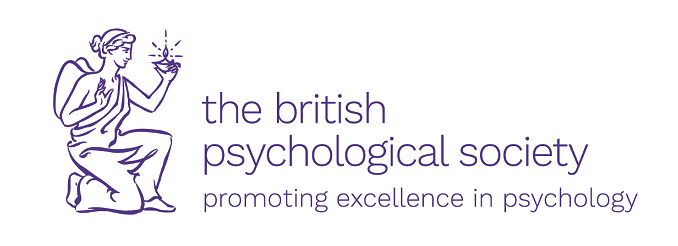Psychotherapist Based in Oxfordshire
Formulating Risk in Clinical Presentations
"A person does what he does because he sees the world as he sees it"
Alfred Korzybski
© Josef Kala, April 2019
Assessing and Managing Clinical Risks in Formulations
A summary based on “Formulating Risk: a framework for assessing and managing dangerousness” in Assessing Risk: A Relational Approach (2018), as well as presentations by Dr. Stephen Blumenthal and Professor Nicola Gray
While nobody will dispute the importance of identifying and managing the risk of service users toward harm to themselves or others, the question of how clinicians are to integrate risk assessment and manage risk effectively in a systematic way that moves beyond a tick-box sheet demands attention. How can risk assessment be given a systematic approach while never losing sight of the relevant specifics of the individualized presentation? The risk posed by a service user needs to be evaluated and assessed in the context of both their life history as well as ongoing relational dynamics and concerns. This requires both individualized knowledge, skill and perception on the clinician’s part as well as good judgment in decision-making, exercised through their clinical responsibility.
Because we can never gain complete information on everything that might be relevant in a particular case, good decision-making on limited information is key. Substantial research indicates, however, that human decision-making about the probability of an event occurring is flawed (Blumenthal et al., 2018, p. 10). “When making judgments about risk, we tend to select what is most emotive, rather than what is most rational” (ibid.). Over-estimation of risk, like underestimation of risk, can have very serious consequences; therefore, understanding the factors which influence decision-making about risk (which sometimes have nothing to do with the decisions made) is a beginning point for clinicians working on the skills for risk assessment and evaluation. A typical flaw in decision-making is the priming effect: how exposure to ideas or stimuli influences decisions and responses to later observations in a biased way. For all these reasons, assessing and managing risk is better done with a systematic approach and an individual focus.
There are advantages and disadvantages to both actuarially based methods to risk assessment and clinical or impressionistic approaches, upon which the authors elaborate. The aim in evaluating an individual’s danger toward themselves or others involves not only identifying the ‘what’ of risk, but also an appreciation of the ‘why’. The authors promote a ‘formulation-based’ framework, in which a thorough actuarial assessment is woven into a meaningful narrative peculiar to each client, in which the multiplicity of predisposing, precipitating and maintaining factors toward risk behaviour are all incorporated in the framework. This framework includes exploring and examining everything from the individual client’s biological ‘givens’; their vulnerability to act in risky ways with particular focus on subjective experience as well as objective events; developmental factors, family-culture experiences, for instance, around boundaries and codes of behaviour, quality of relationships with key figures, and critical internal and external events in the life of the client, be they losses/separations or encounters that were difficult to process (ibid., p.192). Crucially, the relational framework of risk assessment considers the individual’s capacity and effectiveness at self-regulation and maintenance of their self – such as, psychological-mindedness, capacity for mentalisation, capacity for emotional containment, insight, intelligence; and prevailing attitudes toward self and others, as well as how the client treats and values themselves and others in their life, are all significant (ibid., pp. 192-193). External factors which situate the client in their world of social support and occupational engagement are included; as is sight kept for warning behaviours, which may include direct or implicit communications. An aim underpinning all of this is to understand the motives behind an individual’s actions of risk, as well as the meaning behind those actions for the persons themselves; as this allows a coherent and effective approach toward managing risk where it may arise.
The authors make explicit that there is no infallible way to measure risk; however, their ‘Framework for assessing risk’ is intended to strengthen and enhance formulation. Moreover, “assessing risk and managing risk are inseparable; they are two parts of a whole” (ibid., p. 198). Therefore, the evaluation of risk is an ongoing process that develops over the time a client is seen, it is revised and continually managed. As an implication for underpinning practice, the goal of creating a ‘holding environment’ that withstands pressures of risk against safety allows therapy to take place alongside the ongoing evaluation and management of risk.
References
- Assessing Risk: A Relational Approach (2018), Blumenthal, S. Wood, H. and Williams, A.
- Information gathered from a conference on Assessing Risk in Mental Health and Criminal Justice Settings on 5th October 2018


